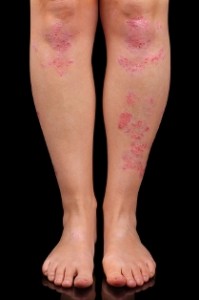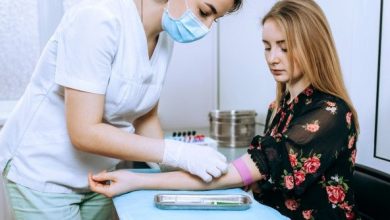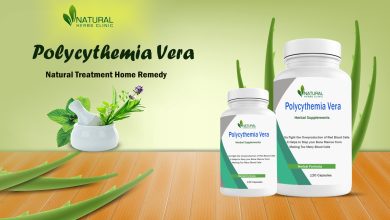Treatment Update : Polycythemia Vera

Polycythemia Vera (PV) is a rare, chronic (long-term) disease in which the bone marrow overproduces red blood cells and, in many cases, white blood cells and platelets as well.
Red blood cells carry oxygen throughout the body, white blood cells fight infection and platelets are involved in clotting the blood to stop or slow bleeding and help heal wounds.
Related Article; Exploring Polycythemia Vera Alternative Treatments: Natural Approaches to Managing Symptoms
When too many red blood cells circulate, the blood thickens and may not flow properly through the blood vessels. This raises the risk of blood clots in major arteries and veins, which can lead to a stroke or heart attack. These clots can affect other vital organs as well. Smaller blood vessels also can be blocked by clots and lead to symptoms such as headache; changes in vision; lightheadedness; and numbness, burning, redness and swelling of the hands.
Related Article; Natural and Herbal Treatment for Polycythemia Vera
Because PV is characterized by uncontrolled cell growth, it is considered a blood cancer. It is usually a long-term illness, and it can change into myelofibrosis—scarring of the bone marrow—and acute myeloid leukemia. The spleen may enlarge when extra blood cells collect in that organ. (The spleen filters the blood, stores blood cells and destroys old blood cells.)
PV must be carefully and routinely monitored by a hematologist/oncologist. These doctors specialize in diagnosing and treating blood disorders and blood cancers.
Related Article; Natural Remedies for Polycythemia Vera: Proper Way to Lessen the Symptoms
Because many PV symptoms could be caused by other medical conditions, it’s important that doctors correctly diagnose PV. They do this by examining the blood and bone marrow to count the numbers of different blood cells and determine the level of erythropoietin, a hormone that stimulates the production of new red blood cells. A blood test also is used to determine whether certain gene mutations (changes) are present. About 95 percent of people with PV have a gene mutation called JAK2 V617F. Up to four percent of patients have a different type of JAK2 mutation (JAK2 exon 12). Usually, people are not born with these mutations; the gene changes typically occur in adulthood, for unknown reasons. A JAK2 mutation is a kind of switch that turns on and stays on, sending a constant signal to the bone marrow to produce blood cells.
Related Article; Natural Remedies for Polycythemia Vera Reduce the Risk of Causes
Through research in clinical trials, Polycythemia Vera Treatment keeps improving. In this booklet, we’ll discuss the important parts of a treatment plan, new treatments being studied and tips for coping with symptoms. We’ll also review some frequently asked questions about PV and highlight the resources available to you through Cancer Care® and other organizations.
Related Article; Natural Herbal Remedies for Polycythemia Vera Treatment




